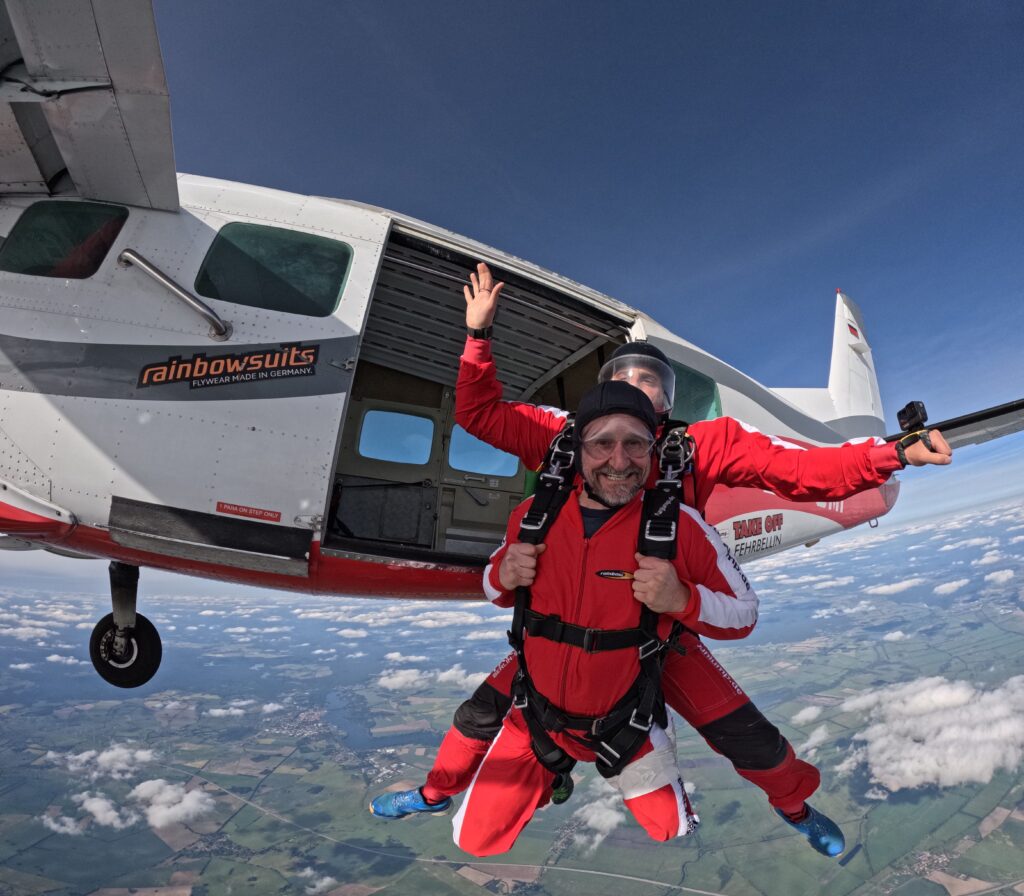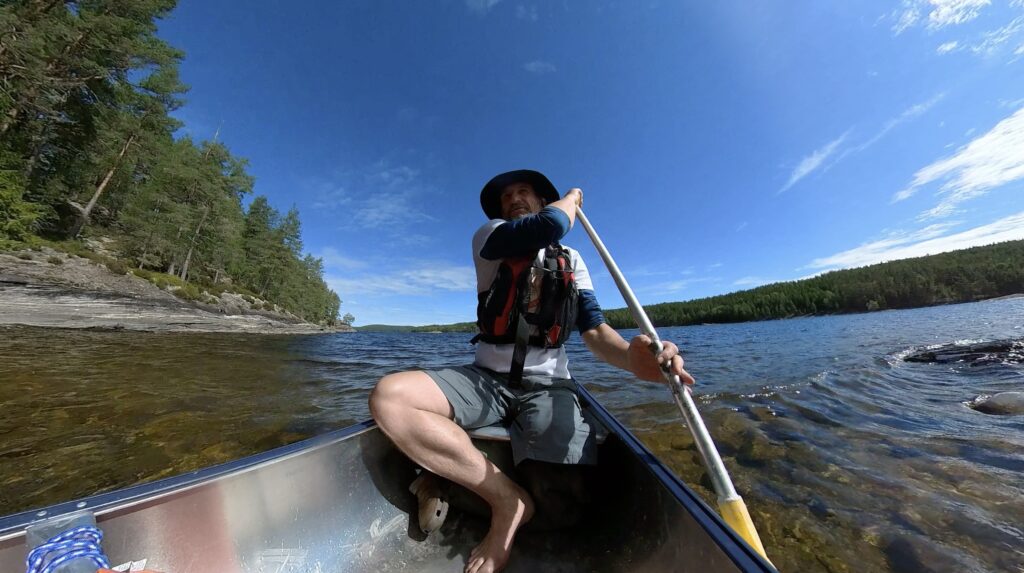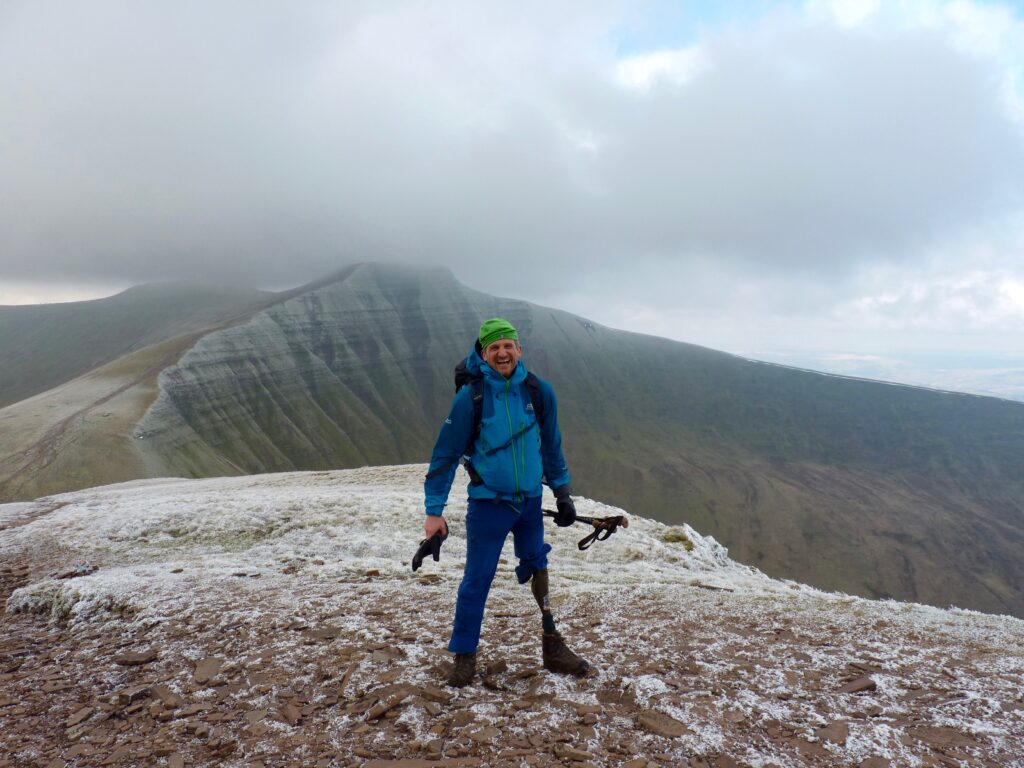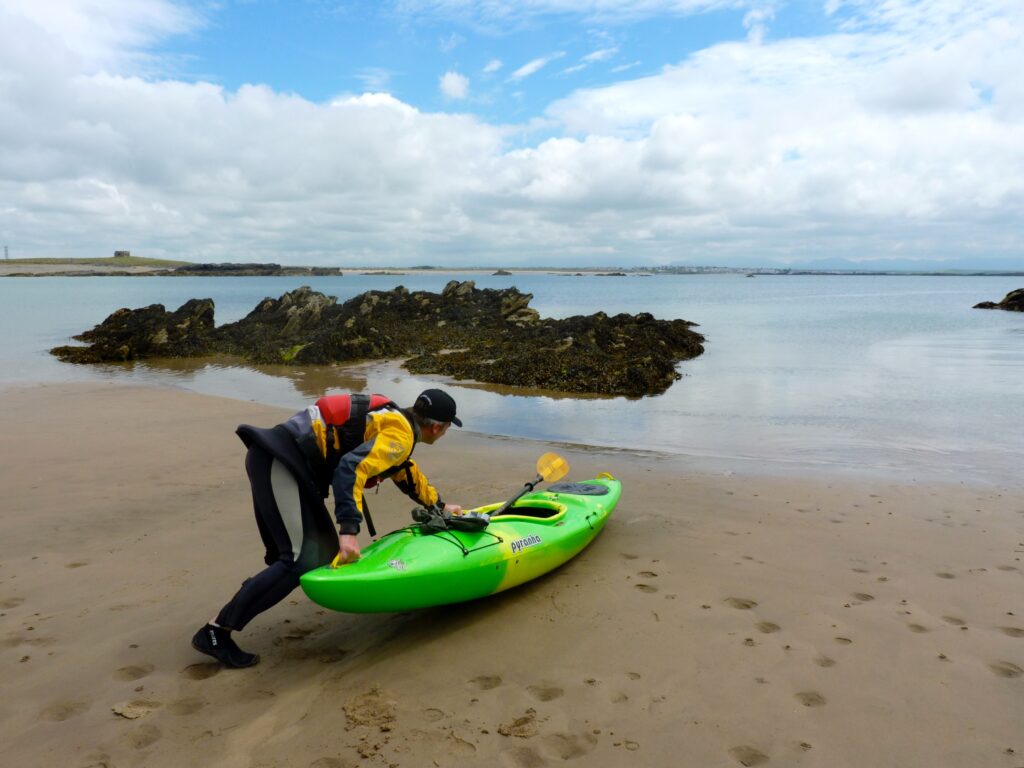
Listen to this Article
German Bjoern Eser laughs when people call him daring. He shrugs, hoists a backpack, checks the battery on his microprocessor knee and heads for the trail. That’s the rhythm. No fuss, no drama, just motion. The founder of The Active Amputee has stacked up miles on foot, by kayak and with ropes over rock faces, and he does it with a pragmatism that makes big plans feel oddly simple.
His first major trip after losing his leg as the long term consequence of an osteosarcoma set the tone. On the one-year mark, he booked three weeks in Morocco. Heat, sand, spice, medinas and surf. He hiked, explored ancient lanes, rode a camel along the coast and tasted the full mix of mountain air and sea spray. It wasn’t a test or a grand statement. It was a celebration and a reset, then he came home with a quiet certainty that movement suits him.
A career that resulted in miles
His work in international development pulled him across continents. East Timor for nearly two years; assignments in Ghana, Nigeria, Liberia, Pakistan, India, Sri Lanka, Cambodia and across Europe. The prosthesis count keeps changing, but his legs, old and new, have clicked through roughly 30 to 35 countries. He grins at that number . . . plastic and carbon fibre with frequent flyer status.
In Nepal: Encounters that stick
Ask him for favourite places and Nepal lands first. He went there roughly 14 times over eight years. Colleagues became friends, street encounters turned into long conversations and disability opened doors rather than closing them. Limping up temple stairs drew offers of help and sparked dialogue. In one crowd he spotted another limper with polio, they traded a nod and a smile and stayed in touch for years. Connection can start with a gait.
The draw of adventure
Adventure thrives closer to home too. The Pyrenees delivered his first canyoning run on the Spanish side, cold water, narrow chutes, and he loved it. Sea kayaking along the Welsh coast left salt on his lips and cliffs in his memory. Climbing suits him. Long-distance hiking suits him even more, though he’ll admit those days can be grindy.
Think of it this way: Eighteen to 20 kilograms press down on your shoulders. The trail stretches for 100 to 120 kilometres, carved into five or six long days. Afternoon heat shimmers off the rocks, each uphill stride tearing at tender skin, lungs clawing for air. Every step feels like it might be the last, yet you keep moving. He grins at the memory. The reward comes later, when the pack thuds to the ground, muscles uncoil, a simple meal crackles on the stove and the night air cools the sweat. In that moment the verdict is undeniable: the suffering was worth it.

Frustrations on the road
He isn’t reckless. He is actually very prepared. His prosthetic knee has electronics and hydraulics, which means real power and real risk if things fail. Twice he’s had a leg break on a trip. That ends the active bit of his journey fast. He carries an Allen key for loose screws, nothing more, since tinkering with his prosthetic voids warranties. Charging happens through a power bank to dodge dirty current or a voltage spike in places where electricity flickers. He packs liner patches, blister kits, basic first aid and always hiking poles. Nearly everything must fit in one backpack with a small carry-on.
Airports can fray his patience. The security shuffle of on, off, scan, repeat gets old when the clock says 30 hours of travel. Some days he smiles through it. On other days, the next request to remove the leg might earn an unpleasant look. But it’s onto the next plane and the mood passes.
Nature feels safer than cities
People assume the mountains feel risky. He waves that off, at least in Europe. Wildlife rarely troubles him. Cities make him restless, while ridgelines steady him. “Spending three nights in the mountains is fine,” he says. “Hanging around Frankfurt Main Station at night spooks me.” That’s the outdoors kid talking. He grew up hiking and camping with family.
What he chooses next
If a free month dropped into his lap tomorrow, he’d fly to Nepal with boots and maps, ready for the mountains that test him and the landscapes he loves. With a shorter window he’d steer toward a week of canoeing in Sweden or Finland. Cruises hold no pull. Floating hotels strike him as boredom in disguise. A small sailing ship where you feel wind and work a line might tempt him but giant buffets and deck chairs will not.
Big dreams ahead
The dream he keeps circling is huge. A full traverse of the Pyrenees from the Atlantic to the Mediterranean. There are three established routes ranging from roughly 850to 950 kilometres. Endless climbs and descents but he believes he can do it with the right time window and some grit. The thought returns often. That usually means a plan is forming . . .
Advice for other amputee travellers
His advice for other amputees who crave movement is simple and straight to the point. Don’t get stuck in fear. Go! If solo travel feels daunting, recruit a trusted friend, someone who stays steady when things wobble. Pick an activity you want to try and find an adaptive group that runs it. Climbing gyms, cycling clubs, tandem kayaking guides, even skydiving outfits. Choose the action first and let the place follow. When you travel, pack light, carry the essentials that keep your limb happy, gear charged and keep your poles handy on uneven ground.


Travel’s real gift
Travel shaped Eser in quiet but lasting ways. It built confidence, sharpened his sense of what truly matters and gave him perspective. Living in Germany means access to world-class prosthetic care, physiotherapy and gait training. Experiencing systems in other places reframed his outlook. His complaints faded, replaced by gratitude for reliable care at home.
The future of adaptive travel
As for the next decade of adaptive travel, he wants airlines to handle mobility gear like they are essential items, not excess, unnecessary pieces of equipment. A prosthetic leg or wheelchair is freedom and independence for the owner.
He hopes local hosts who open homestays to disabled travellers will be the norm.
He also sees an opening for tech. Imagine global, trustworthy accessibility maps with real detail, from toilets to transport to trails. Not glossy promises but practical data people can rely on.
One leg, many miles
Bjoern Eser does not chase labels or applause. He chases distance, camaraderie, sweat and the line that runs clean across a map from one coast to another. One leg, two hiking poles, a talent for packing light and a steady belief that some of your best stories can begin the moment you shut your front door and head outdoors.
Follow Bejoern Eser
